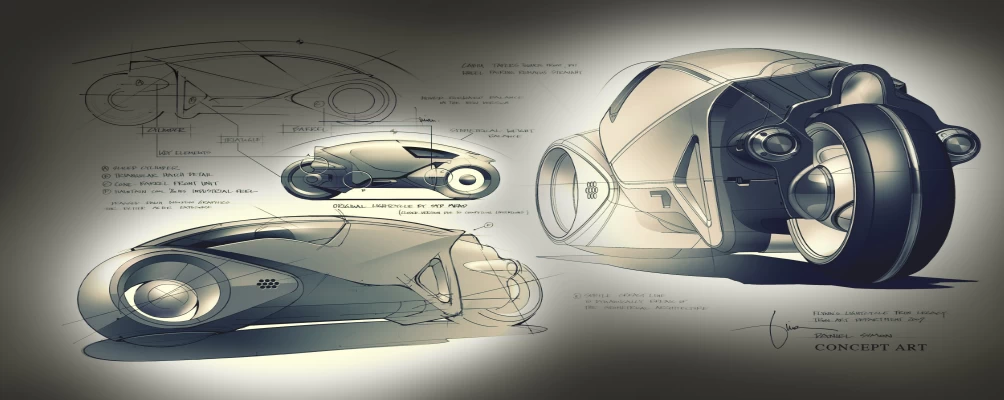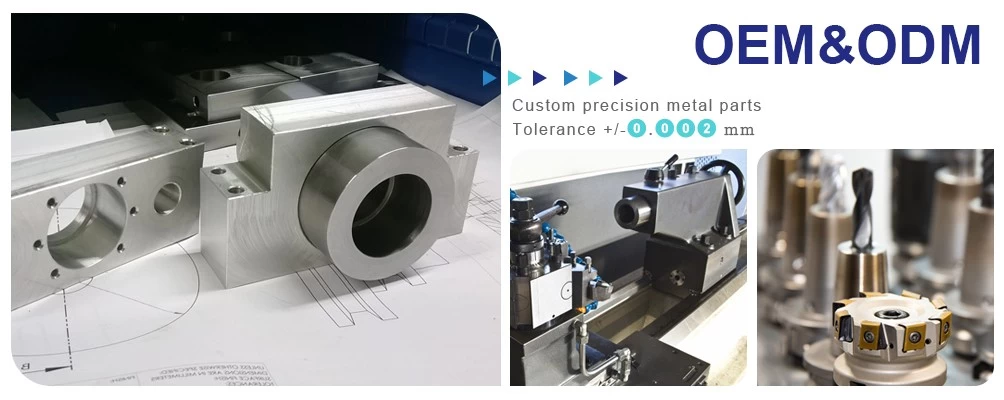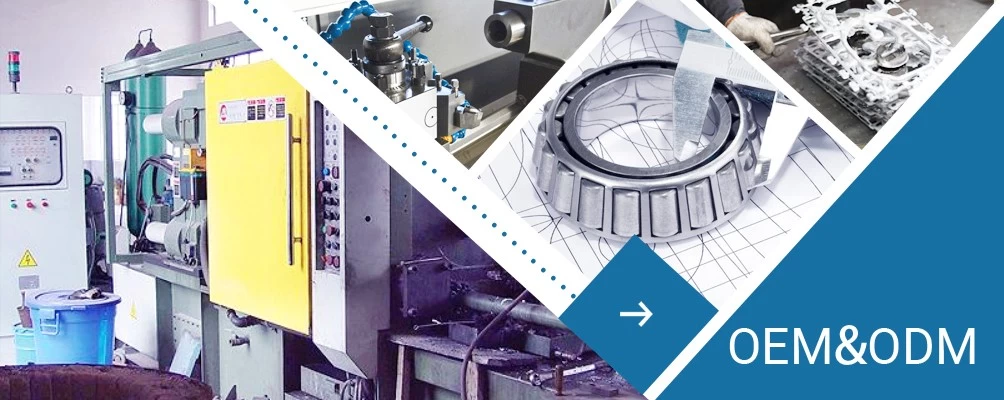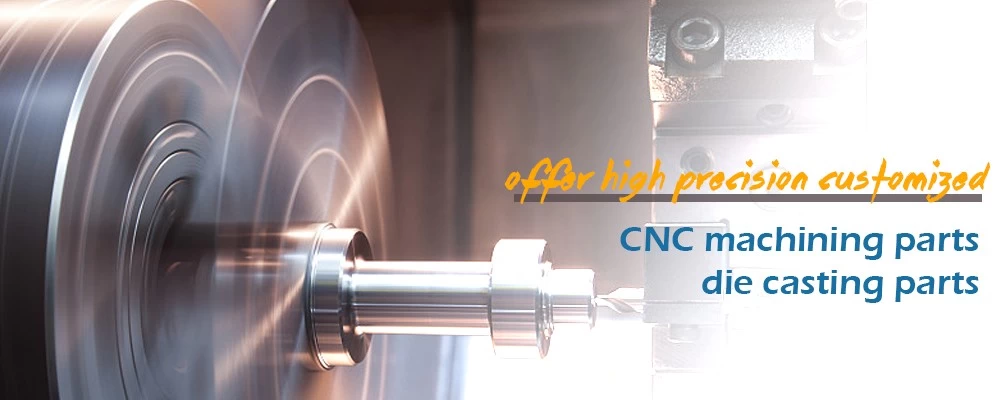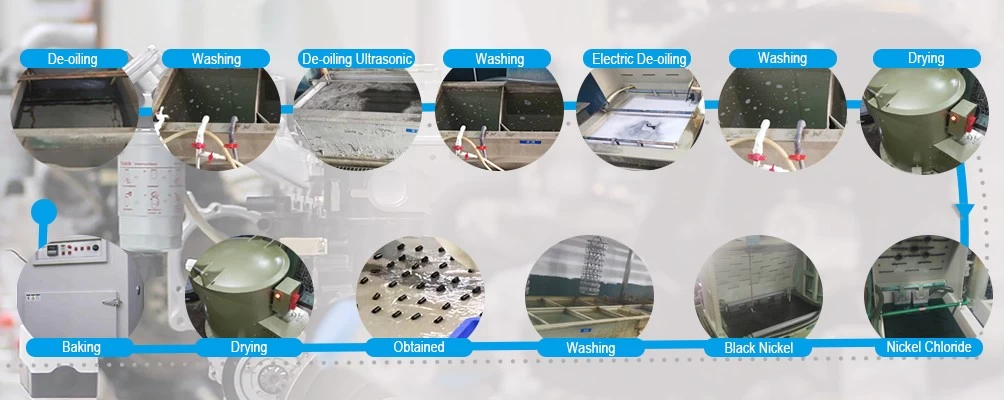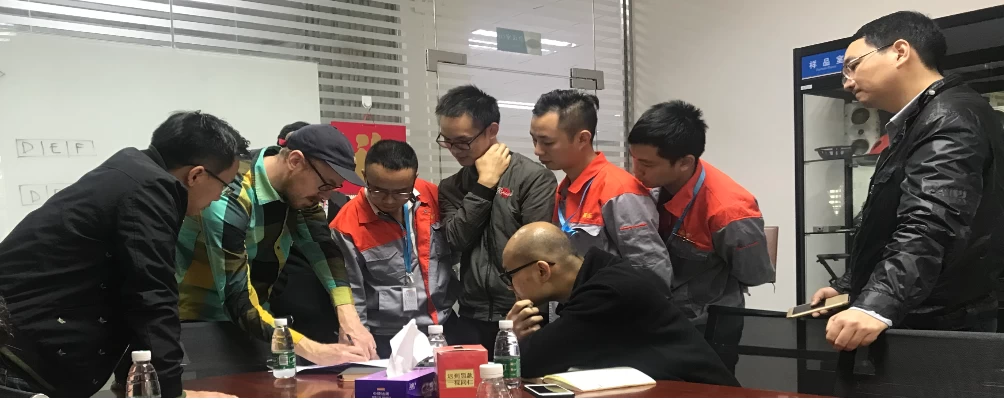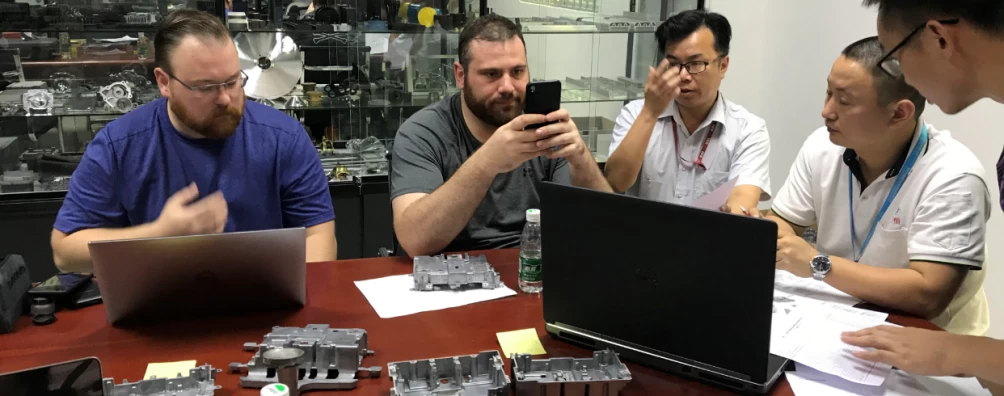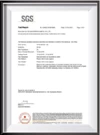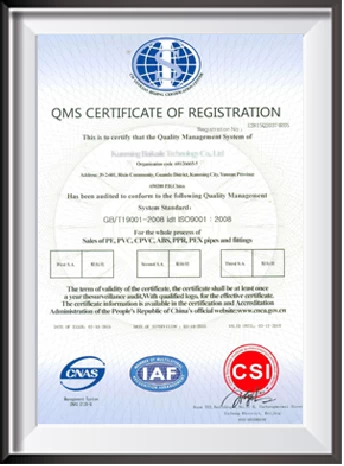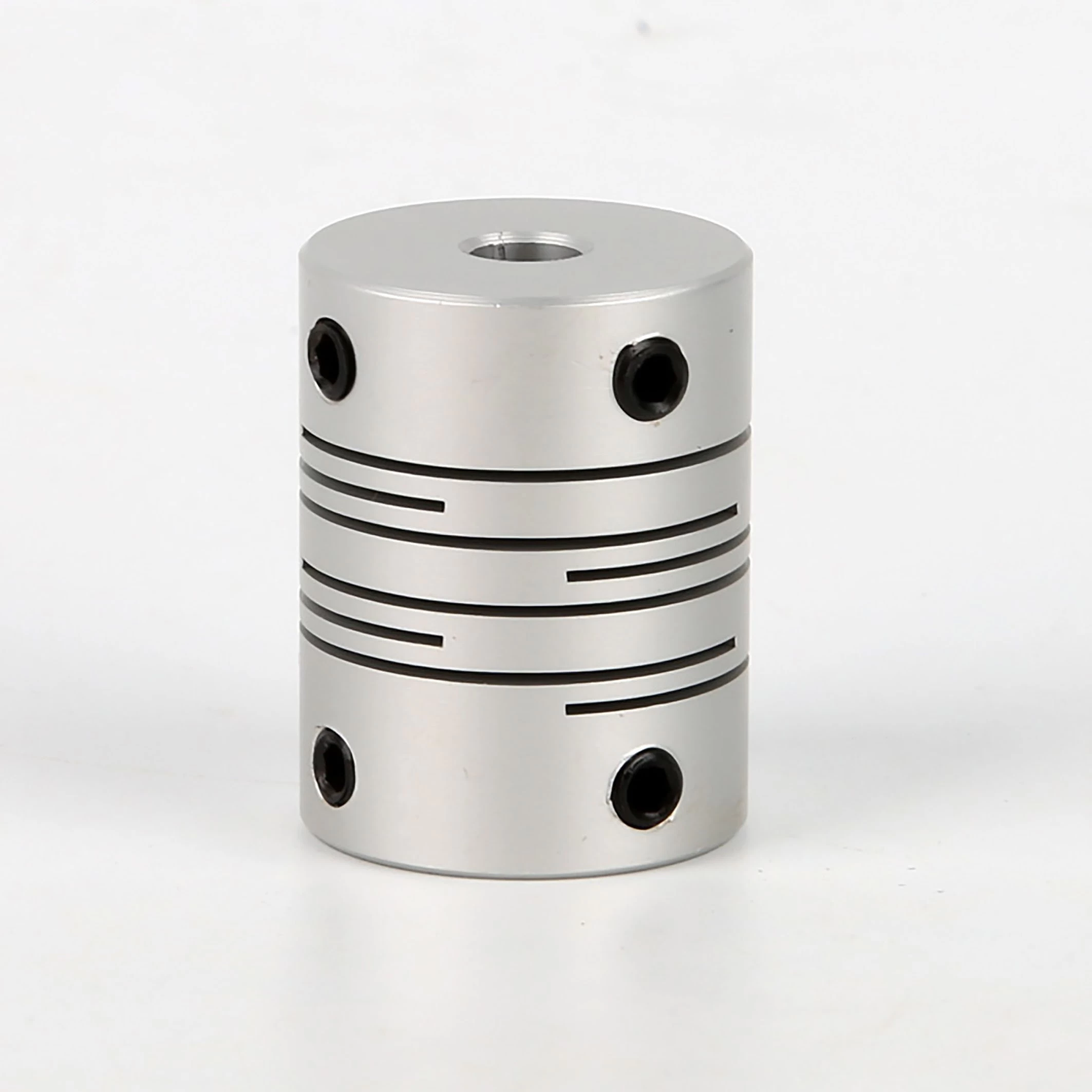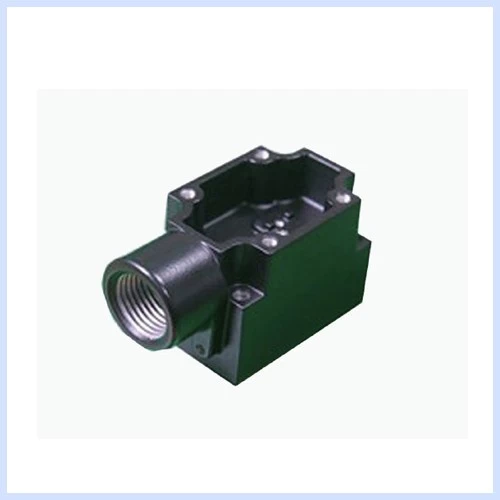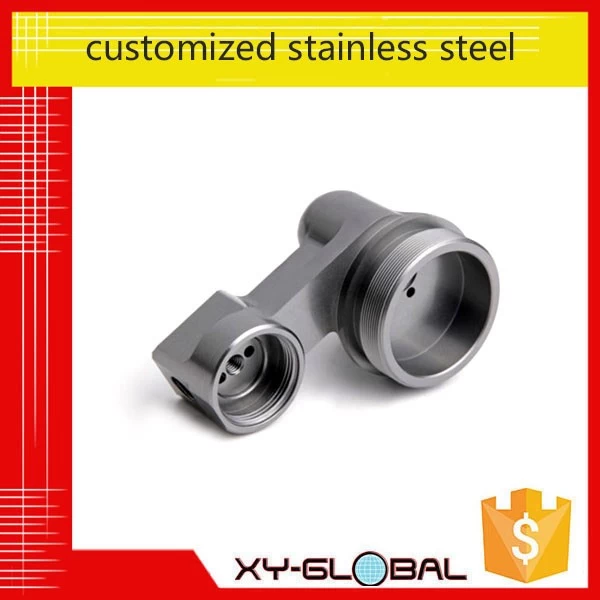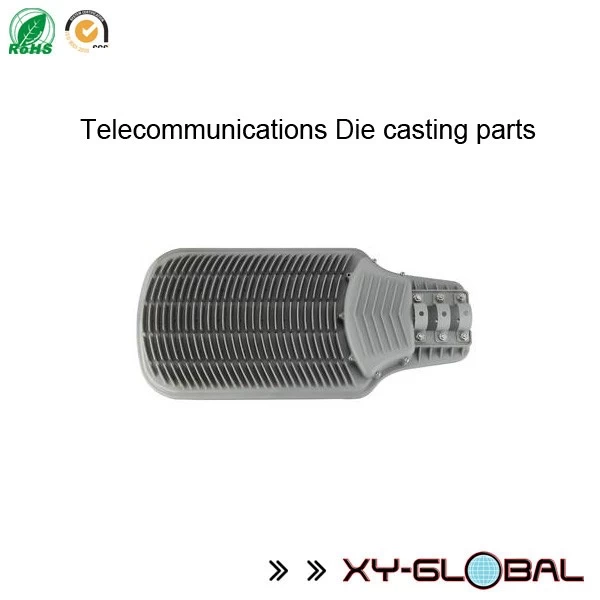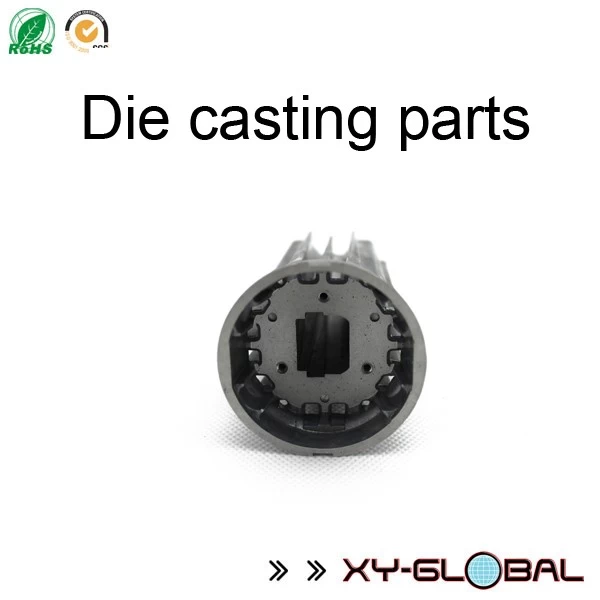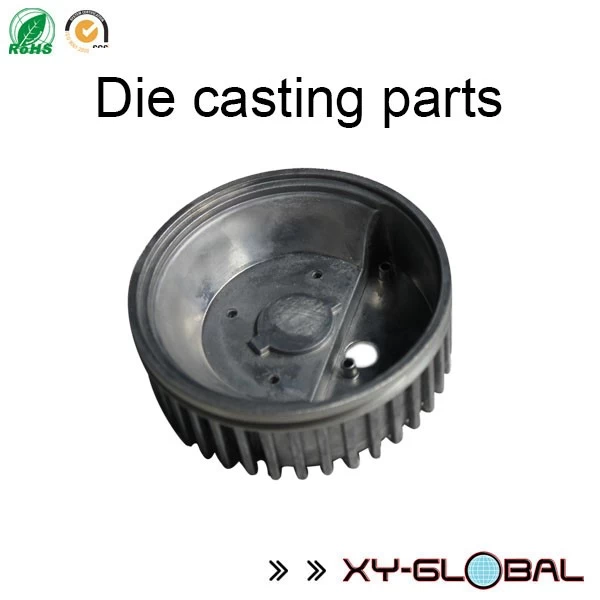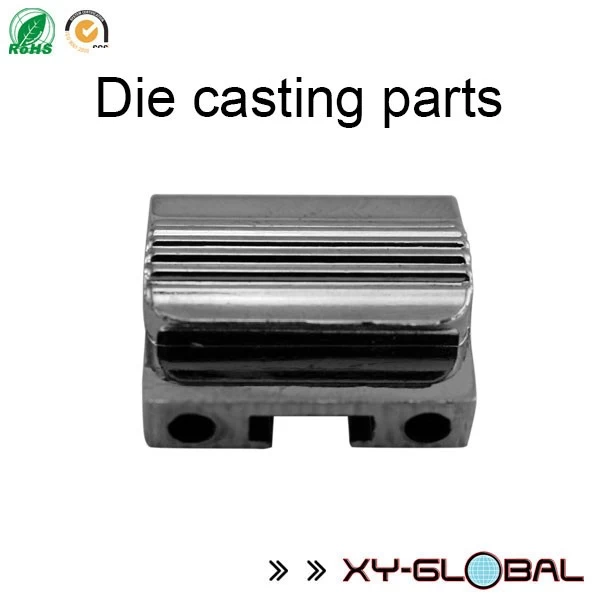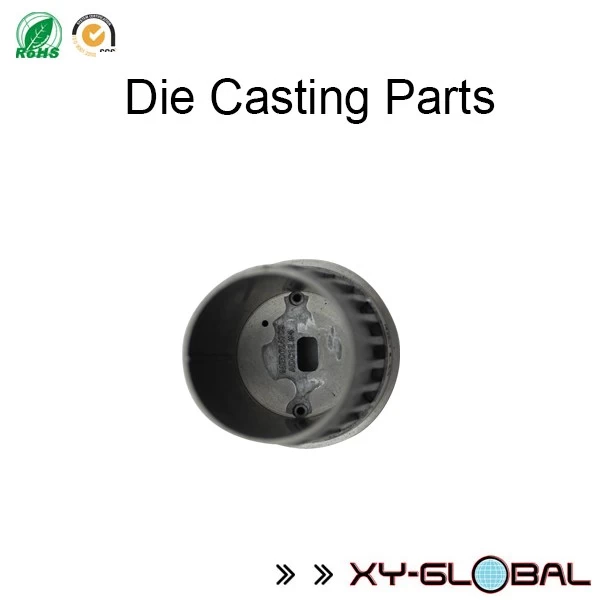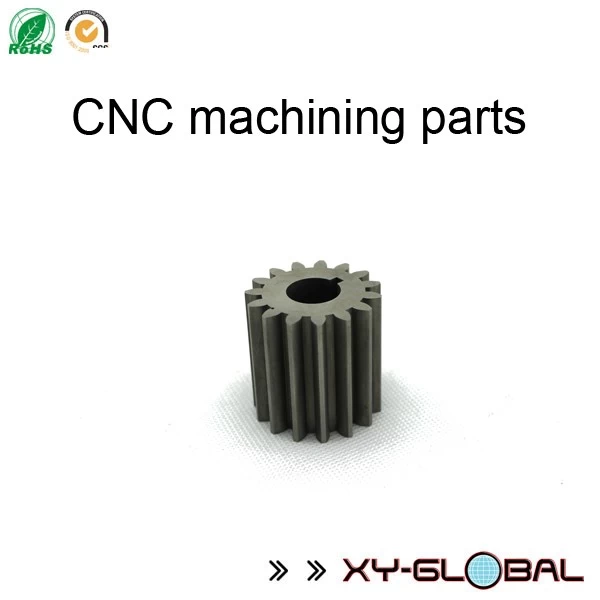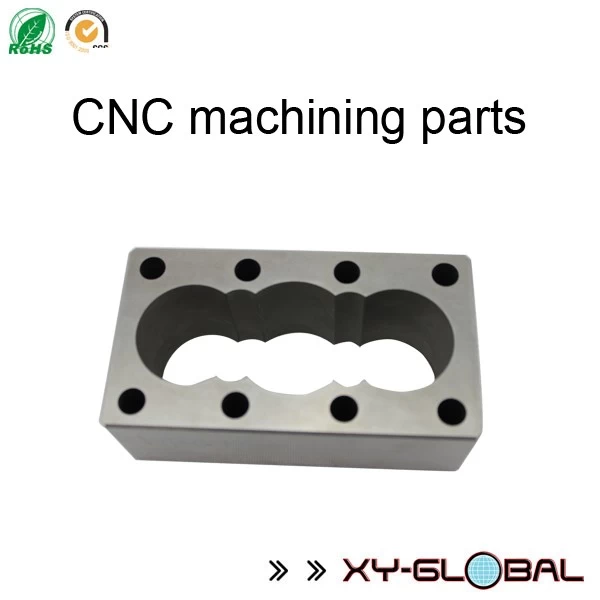Q&A for Die Casting
Edith
www.xy-global.com
2018-05-15 17:48:34
1. What is die casting?
Die Casting primarily refers to processes in which molten metal is injected into a mold, allowed to solidify, then removed to allow for the casting of another part, using the same mold. In general, Die Casting can be subdivided into two general processes, Low Pressure Die Casting (such as gravity casting, perm-molding, etc), and High Pressure Die Casting. XY-GLOBAL specializes in the High Pressure Die Casting process using Aluminum or Zinc alloys.
2.What is a die casting machine?
A die casting machine is the equipment used into which a die casting tool is mounted to make cast parts. The primary purpose of a die casting machine is to inject metal into the die, and to keep the die shut during injection and intensification and solidification of the metal. Finally, the die cast machine is used to push plates in the die cast die to eject the part. It is composed of two major systems - the clamp end, and the shot end. The shot end is where the metal is poured and accelerated into the die, while the clamp end (platens) is where the die is mounted and kept shut during the injection and intensification process, and from where the part is ejected and extracted from the die.
Although there are several types of die casting machines, the majority of the machines used in the die cast industry have vertical platens that open and close horizontally. These machines can be subdivided into two main categories: cold and hot chamber machines. Most modern equipment uses a hydraulic clamp end, and a pneumatic shot end, although many variations on these types of machines exist.
3. How is required machine tonnage calculated?
Force needed to keep the die shut = Cavity Pressure x Projected Area of the casting.
F = Force (clamping)
P = Intensification Pressure.
A = Projected Area of all of the surfaces that see aluminum.
The more intensification that is applied, the more clamping force is needed to keep the machine shut.
In other words:
Approximate machine tonnage needed to keep the die shut = (Force needed to keep the die shut, plus an additional 60% for the runner and an additional 20% for the safety factor.)
4. What is a trim die?
A trim is a tool that is used to remove the gate and flash from the part after the casting operation. A trim tool is used in a trim press. It is composed of a lower and an upper half. The entire shot is placed into the lower half of the tool, on the fixed half of the trim press, and the upper moving half either blanks or shears off any gates, overflows, and flash. A trim tool also punches any flash in holes and cleans up the part.
Back to Top
5. What are some of the secondary operations commonly performed on die castings?
Once the part is cast trimmed, it is typically exposed to secondary operations such as machining, anodizing, or powder coating, just to name a few. These processes typically add or change a characteristic that is usually not achievable in the as-cast state. For example, parts can be machined to attain a level of accuracy that is typically not achievable with a raw die casting, or holes can be threaded. Also, casting can be powder coated to add color, or anodized to enhance corrosion resistance.
Below is a table showing what secondary operation is needed to attain a certain characteristic.
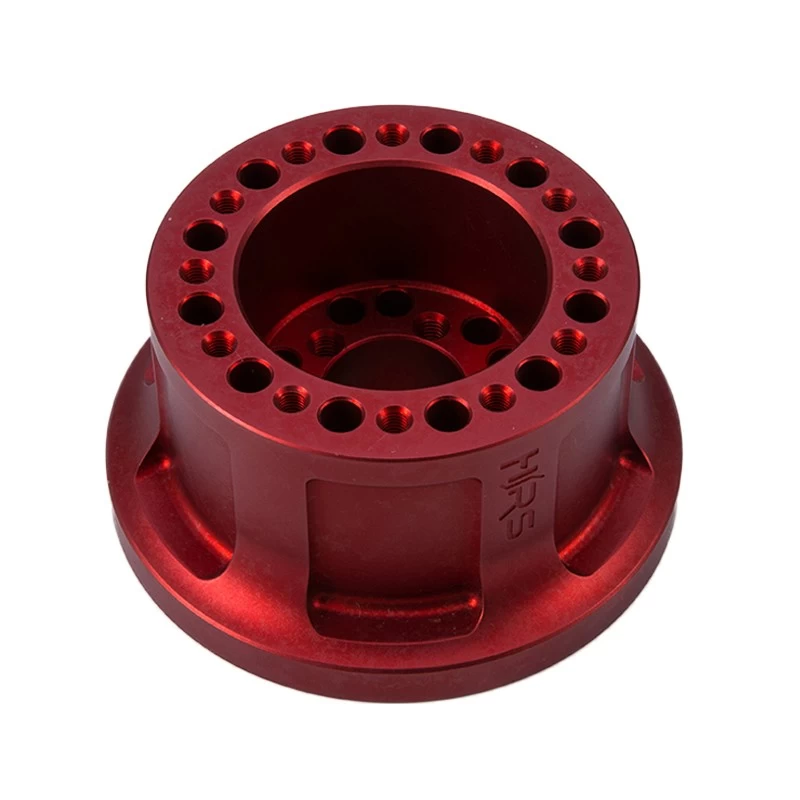
Die Casting primarily refers to processes in which molten metal is injected into a mold, allowed to solidify, then removed to allow for the casting of another part, using the same mold. In general, Die Casting can be subdivided into two general processes, Low Pressure Die Casting (such as gravity casting, perm-molding, etc), and High Pressure Die Casting. XY-GLOBAL specializes in the High Pressure Die Casting process using Aluminum or Zinc alloys.
2.What is a die casting machine?
A die casting machine is the equipment used into which a die casting tool is mounted to make cast parts. The primary purpose of a die casting machine is to inject metal into the die, and to keep the die shut during injection and intensification and solidification of the metal. Finally, the die cast machine is used to push plates in the die cast die to eject the part. It is composed of two major systems - the clamp end, and the shot end. The shot end is where the metal is poured and accelerated into the die, while the clamp end (platens) is where the die is mounted and kept shut during the injection and intensification process, and from where the part is ejected and extracted from the die.
Although there are several types of die casting machines, the majority of the machines used in the die cast industry have vertical platens that open and close horizontally. These machines can be subdivided into two main categories: cold and hot chamber machines. Most modern equipment uses a hydraulic clamp end, and a pneumatic shot end, although many variations on these types of machines exist.
3. How is required machine tonnage calculated?
Force needed to keep the die shut = Cavity Pressure x Projected Area of the casting.
F = Force (clamping)
P = Intensification Pressure.
A = Projected Area of all of the surfaces that see aluminum.
The more intensification that is applied, the more clamping force is needed to keep the machine shut.
In other words:
Approximate machine tonnage needed to keep the die shut = (Force needed to keep the die shut, plus an additional 60% for the runner and an additional 20% for the safety factor.)
4. What is a trim die?
A trim is a tool that is used to remove the gate and flash from the part after the casting operation. A trim tool is used in a trim press. It is composed of a lower and an upper half. The entire shot is placed into the lower half of the tool, on the fixed half of the trim press, and the upper moving half either blanks or shears off any gates, overflows, and flash. A trim tool also punches any flash in holes and cleans up the part.
Back to Top
5. What are some of the secondary operations commonly performed on die castings?
Once the part is cast trimmed, it is typically exposed to secondary operations such as machining, anodizing, or powder coating, just to name a few. These processes typically add or change a characteristic that is usually not achievable in the as-cast state. For example, parts can be machined to attain a level of accuracy that is typically not achievable with a raw die casting, or holes can be threaded. Also, casting can be powder coated to add color, or anodized to enhance corrosion resistance.
Below is a table showing what secondary operation is needed to attain a certain characteristic.


